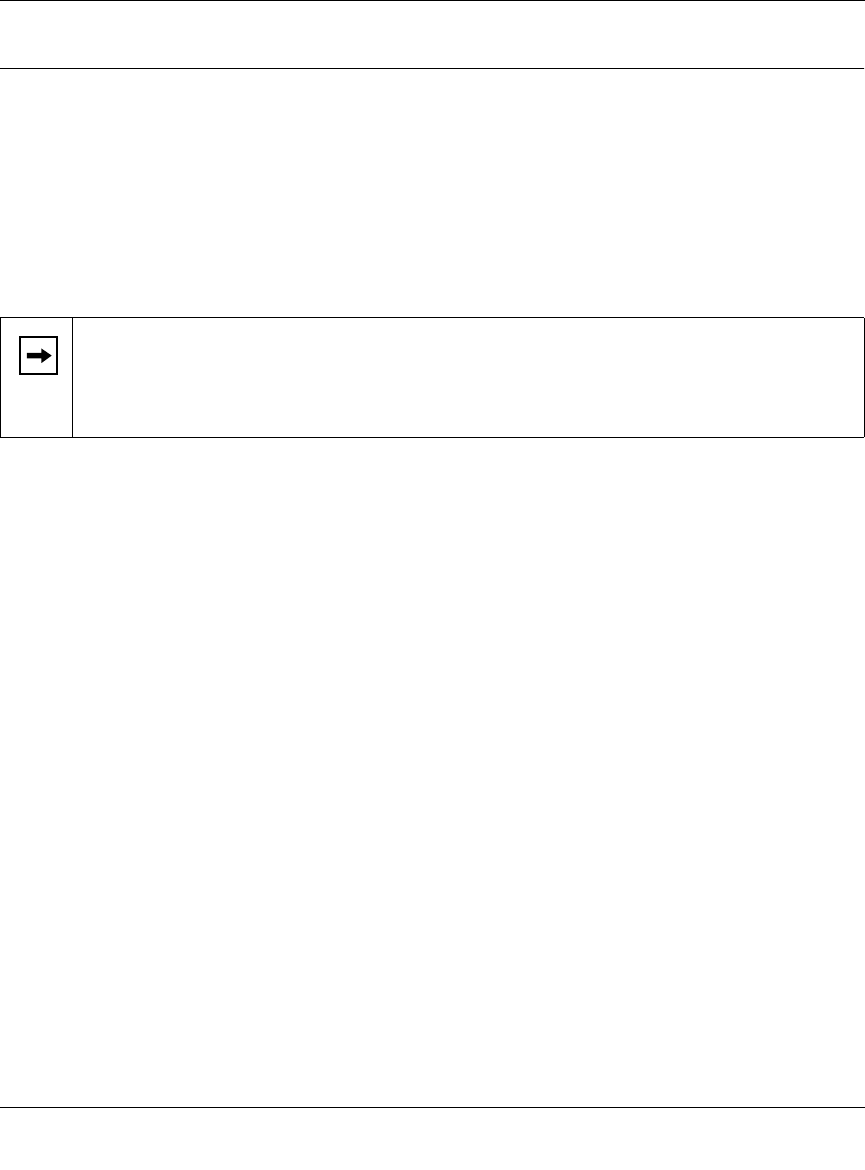
Reference Guide for the Model RP114 Web Safe Router
8-10 Using the Manager Interface to Configure the Router for Internet Access
Configuration for Local Servers
Although NAT causes your entire local network to appear as a single machine to the Internet, you
can make local servers for different services (for example, FTP or HTTP) visible and available to
the Internet. Requested services are identified by port numbers in an incoming IP packet. For
example, a packet that is sent to the external IP address of your router and destined for port number
80 is an HTTP (Web server) request, and port 21 is an FTP request. Examples of port numbers are
shown at the bottom of Menu 15, although you are not limited to these choices. See IETF
RFC1700, “Assigned Numbers,” for port numbers for common protocols..
Use Menu 15, SUA Server Setup, to configure the router to forward incoming protocols to IP
addresses on your local network based on the port number. In addition to servers for specific
protocols, you can also specify a default (DMZ) server to which all other incoming protocols are
forwarded. To configure port forwarding to a local server:
1.
Enter a port number in an unused Start Port row.
2.
To forward only one port, enter it again in the End Port row. To specify a range of ports, enter
the last port to be forwarded in the End Port row.
3.
Enter the IP address of the local server in the corresponding IP Address row.
4.
Press [Enter] at the Press ENTER to Confirm... prompt to confirm your selections, and return
to the previous menu.
Press [Esc] at any time to cancel your selections.
Menu 15 - SUA Server Setup is shown in Figure 8-6.
Note:
Many residential broadband ISP accounts do not allow you to run any server
processes (such as a Web or FTP server) from your location. Your ISP may periodically
check for servers and may suspend your account if it discovers any active services at
your location. If you are unsure, refer to the Acceptable Use Policy of your ISP.
